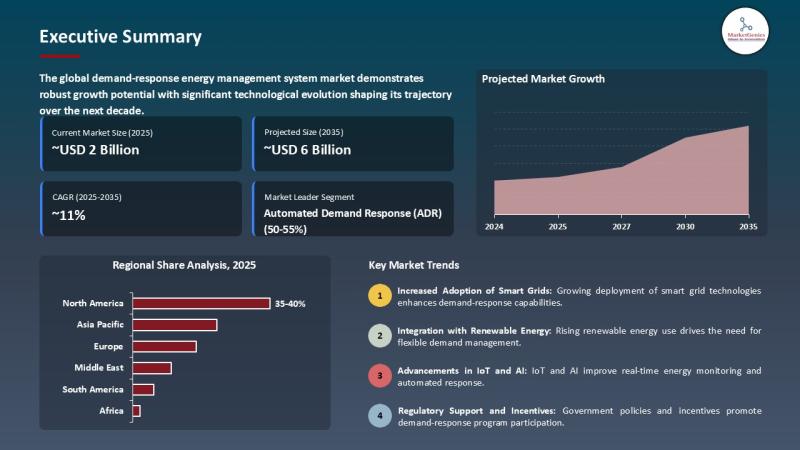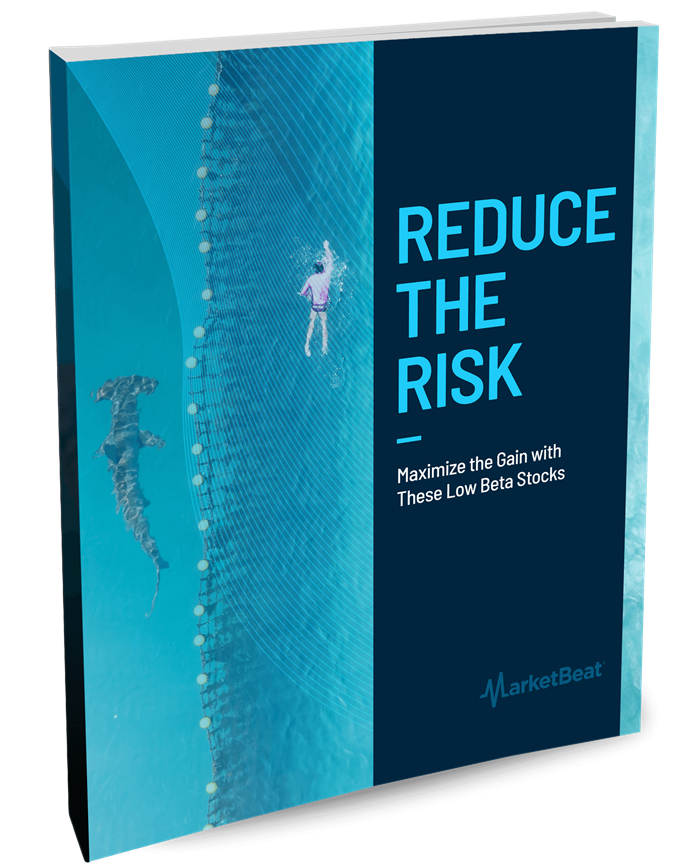Report on Supply Chain Risk Management and Alignment with Sustainable Development Goals
Introduction: Addressing Geopolitical and Supply Chain Challenges
An understanding has been established that geopolitical conflicts can present significant challenges to business operations. A formal framework is in place to manage and mitigate these global supply chain risks, aligning with key principles of the Sustainable Development Goals (SDGs).
Strategic Mitigation of Global Supply Chain Risks
The risk management strategy is multifaceted, incorporating the following key pillars which directly contribute to several SDGs:
- Comprehensive Supplier Risk Assessment: Continuous assessment and monitoring of supplier risk profiles are conducted, incorporating enhanced due diligence models for high-risk categories. This practice supports SDG 12 (Responsible Consumption and Production) by ensuring ethical and sustainable sourcing.
- Fostering Strategic Supplier Partnerships: Strong and effective relationships with critical global suppliers are leveraged to ensure supply chain stability. This collaborative approach is central to SDG 17 (Partnerships for the Goals), building resilient and cooperative networks.
- Development of Local Supply Base: A primary focus is maintained on the continued development of the local supply base. This initiative directly contributes to SDG 8 (Decent Work and Economic Growth) and SDG 9 (Industry, Innovation and Infrastructure) by promoting local economic resilience and capacity.
Third-Party Due Diligence and Risk Screening Framework
A third-party platform is utilized to facilitate comprehensive risk screening across all active suppliers and their shareholders. This due diligence process is critical for upholding commitments to corporate responsibility and the SDGs. Screened risks include:
- Sanctions, fraud, and Securities and Exchange Commission violations
- Cyber crime and association with politically exposed persons
- Adverse media coverage
- Environmental Crimes: This screening directly supports SDG 13 (Climate Action), SDG 14 (Life Below Water), and SDG 15 (Life on Land) by identifying and mitigating environmental risks within the supply chain.
- Human Rights: A commitment to screening for human rights violations aligns with SDG 8 (Decent Work and Economic Growth) and SDG 16 (Peace, Justice and Strong Institutions), ensuring ethical labor practices and promoting justice throughout the value chain.
Analysis of Sustainable Development Goals (SDGs) in the Article
1. Which SDGs are addressed or connected to the issues highlighted in the article?
The article highlights the company’s (MinRes) approach to managing global supply chain risks, which directly and indirectly connects to several Sustainable Development Goals. The most relevant SDGs are:
- SDG 8: Decent Work and Economic Growth: The commitment to screen suppliers for “human rights” issues and the focus on developing a “local supply base” directly relate to promoting safe working conditions and local economic growth.
- SDG 12: Responsible Consumption and Production: The entire process described—assessing supplier risks, conducting due diligence, and screening for “environmental crimes”—is a clear example of a company taking responsibility for its supply chain to ensure sustainable production patterns.
- SDG 16: Peace, Justice and Strong Institutions: By screening for risks such as “sanctions, fraud, Securities and Exchange Commission violations,” and “politically exposed persons,” the company is actively working to combat corruption and illicit financial flows within its sphere of influence, contributing to more just and accountable institutions.
2. What specific targets under those SDGs can be identified based on the article’s content?
Based on the risk management activities described, the following specific SDG targets can be identified:
- Target 8.7: Take immediate and effective measures to eradicate forced labour, end modern slavery and human trafficking. The article’s mention of screening for “human rights” risks in the supply chain is a direct measure aimed at identifying and mitigating these issues.
- Target 8.8: Protect labour rights and promote safe and secure working environments for all workers. The due diligence and monitoring of supplier risk profiles, including human rights, contribute to this target.
- Target 12.6: Encourage companies, especially large and transnational companies, to adopt sustainable practices and to integrate sustainability information into their reporting cycle. The article itself is a demonstration of this, as the company is communicating its sustainable supply chain management practices.
- Target 16.5: Substantially reduce corruption and bribery in all their forms. The use of a third-party platform to screen all active suppliers for “fraud,” “sanctions,” and “politically exposed persons” is a direct action to prevent corruption in the supply chain.
3. Are there any indicators mentioned or implied in the article that can be used to measure progress towards the identified targets?
The article does not mention official SDG indicators by their numerical codes, but it implies several practical indicators the company uses to measure its performance and manage risk:
- Indicator for Targets 8.7 and 8.8: The process of “risk screening across all active suppliers” for “human rights” issues serves as an indicator. Progress could be measured by the percentage of suppliers screened and the number of non-compliance issues identified and resolved.
- Indicator for Target 12.6: The implementation of “enhanced due diligence models for high-risk categories” and screening for “environmental crimes” are indicators of the adoption of sustainable practices. The number of suppliers assessed under these models would be a key metric.
- Indicator for Target 16.5: The systematic screening of suppliers for “fraud, Securities and Exchange Commission violations, cyber crime, [and] politically exposed persons” is a clear performance indicator. The coverage of this screening (i.e., 100% of active suppliers) and the outcomes of these checks would measure progress.
- Implied Local Development Indicator: The statement about “continuing to develop our local supply base” implies an indicator related to the proportion of procurement from local suppliers, which can be measured as a percentage of total procurement spending.
SDGs, Targets, and Indicators Summary
| SDGs | Targets | Indicators (as implied in the article) |
|---|---|---|
| SDG 8: Decent Work and Economic Growth | 8.7: End modern slavery and human trafficking. 8.8: Protect labour rights and promote safe working environments. |
Systematic risk screening of all active suppliers for “human rights” violations. Percentage of procurement spend directed towards the “local supply base”. |
| SDG 12: Responsible Consumption and Production | 12.6: Encourage companies to adopt sustainable practices. | Implementation of “enhanced due diligence models” for suppliers. Screening of suppliers for “environmental crimes”. |
| SDG 16: Peace, Justice and Strong Institutions | 16.5: Substantially reduce corruption and bribery. | Screening of all active suppliers for risks including “sanctions, fraud, Securities and Exchange Commission violations,” and “politically exposed persons”. |
Source: mineralresources.com.au







